Is your daily walk with your dog more stressful than enjoyable? If you find yourself dreading walks because your otherwise beloved pup turns tense, barks hysterically, or lunges at the first sign of a trigger, you're not alone. Reactive dog behavior is common but highly manageable. In this guide, you'll uncover expert-backed, actionable steps to help your dog (and you!) feel confident, calm, and in control—starting now. Discover the science, best training techniques, and real-world solutions to put those stressful days behind you.
Is Reactive Dog Behavior Making Walks Stressful? Discover Immediate Solutions
"Is your daily walk with your dog more stressful than enjoyable? Learn how reactive dog behavior can change—starting now."
Many dog owners dream of relaxed strolls with their furry friends, but reactive dog behavior can turn that dream into a daily challenge. Whether your dog reacts to other dogs, strangers, or even sudden noises, the experience can be exhausting and sometimes embarrassing. Recognizing that many dogs are reactive due to a lack of early socialization, bad experiences, or inherited temperament is the critical first step in regaining control.
If your dog reacts with barking, lunging, or growling on a walk, your frustration is valid. Immediate solutions exist, from creating a safe distance before your dog feels overwhelmed to practicing positive reinforcement techniques the moment your dog stays calm. Employing expert dog training strategies can make a dramatic difference, but starting with simple, proactive changes—such as adjusting your walking routine, keeping treats on hand, and learning to read your dog's body language—can yield surprisingly fast improvements. Let's dive into the essential facts you need to know.
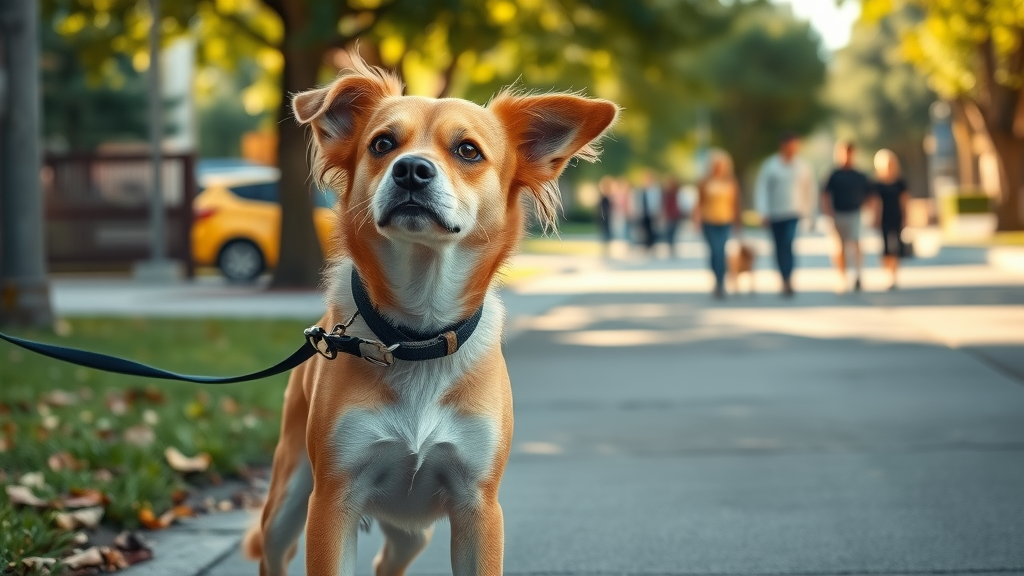
Essential Facts About Reactive Dog Behavior and What You'll Learn
- Understanding reactive dog behavior triggers
- Practical steps to reduce dog reactivity
- Effective dog training techniques for reactive dogs
- Real-world leash reactivity solutions
- Positive coping strategies for pet parents
To address reactive dog behavior effectively, it's crucial to understand both why your dog feels the need to react and what patterns you can change. You'll learn how to spot early warning signs, implement step-by-step modifications, and create new, positive associations for your dog. Knowing what triggers your dog's reactive behaviors is the key to regaining peaceful walks and a relaxed home environment.
This guide will also introduce powerful dog training strategies, positive coping techniques, and provide insight into the emotional world of your canine companion. By leveraging science-backed information and practical advice, you’ll soon feel empowered to help your dog feel calm and safe, no matter the situation.
Identifying Reactive Dog Behavior: Key Signs and Early Warning Signals
Identifying reactive dog behavior isn't always straightforward, as some signals can be overlooked or mistaken for excitement. However, early recognition is essential. You might notice your dog reacts suddenly to certain sights or sounds—lunging, barking hysterically, or displaying a highly alert posture. These behaviors often escalate if not managed, making walks tense and unpredictable for both parties.
Dog Reactivity: How to Recognize the Signs
- Growling, lunging, barking, and excessive pulling
- Hyper-vigilance and constant scanning
- Direct staring and stiff body language
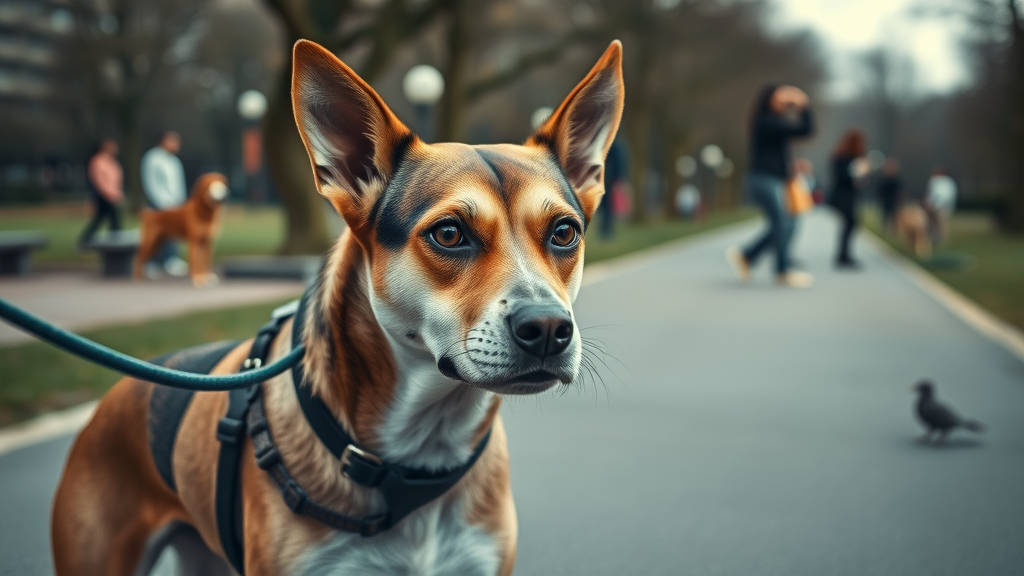
The Science Behind Dog Reactivity: Causes and Risk Factors
Understanding the science behind dog reactivity can help you feel more compassionate towards your dog and more confident in resolving the issue. Most reactive behaviors are not a result of aggressive behavior, but rather fear, anxiety, or frustration at being restrained on a leash. In many cases, factors such as poor early socialization, traumatic experiences, and even genetic predispositions shape how a dog reacts to everyday stimuli.
Body Language: Interpreting What Your Reactive Dog Is Communicating
- Reading body language signals—ears, tail, mouth, stance
- Why past trauma and socialization shape dog behavior
One of the most important skills a dog owner can learn is decoding canine body language . Observing subtle cues from the ears, tail, mouth, and overall posture can indicate how your dog feels long before the reactivity occurs. For instance, a dog holding their tail high and rigid, with ears pricked forward and mouth tightly shut, is likely on high alert. This state often occurs in reactive dogs who have experienced bad experiences or lack of socialization, making them more sensitive to specific triggers. Accurately reading your dog's body language builds trust, informs training choices, and helps you avoid situations that might cause your dog to display reactive behavior.
Top Triggers for Reactive Dogs and How to Manage Them
Not all reactive dogs respond to the same triggers. For some, it's the sight of another dog or a stranger approaching; for others, sudden movements, loud noises, or even bicycles can set off a reactive episode. Recognizing these environmental and situational triggers is key to proactive management.
Leash Reactivity: Why It Happens and What You Can Do
- Environmental and situational triggers
- Other dogs, strangers, sudden movements, loud noises
- How leash tension directly impacts reactivity
Leash reactivity occurs when a dog reacts aggressively or fearfully while on a leash, often because the restraint makes them feel vulnerable or frustrated. If your dog reacts by lunging, barking, or growling when another dog approaches, keeping the leash loose and practicing calm, redirection techniques can make a big difference. Many owners inadvertently increase tension by pulling the leash tight, which can signal to the dog that there is something to worry about—amplifying the reactive behavior.
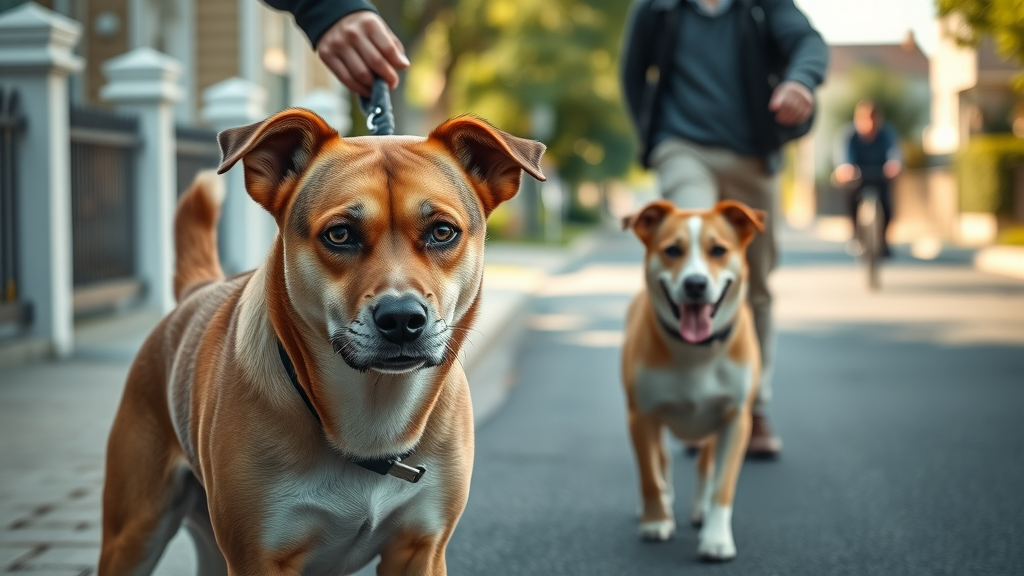
Step-by-Step Guide: How to Stop Reactive Dog Behavior
Modifying reactive dog behavior requires patience, consistency, and proven dog training methods. The following exercises—when practiced regularly and tailored to your dog's triggers—can rapidly decrease overreactions and promote calm, confident responses in challenging situations.
Dog Training Exercises for Reactive Dogs
- Counter-conditioning and desensitization: Gradually expose your dog to their triggers at a safe distance while rewarding calm behavior. Over time, this helps change how your dog feels about these triggers. For example, if your dog reacts to other dogs at 50 feet, practice at 70 feet with treats, slowly moving closer only as your dog stays calm.
- Redirection and positive reinforcement: Teach your dog to focus on you using a command (like "look at me") the instant they notice a trigger. Reward heavily for calm attention, gradually increasing the challenge as your dog learns. Positive reinforcement builds trust and new, better habits.
- Rewards and timing: reinforcing calm responses: Set your dog up for success by rewarding calmness immediately after it happens. Catch good moments—whether they're ignoring a trigger or simply glancing briefly—so your dog starts to associate calm with great outcomes.
Use high-value treats, patience, and consistency in every session. Over time, your reactive dog will start to offer calmer behaviors automatically during walks and in other stressful situations.
Common Mistakes Owners Make with Reactive Dogs
- Yanking the leash or raising your voice
- Inconsistent rules and expectations
- Ignoring early body language cues
While it can be frustrating when a dog reacts unexpectedly, responding with tension or anger usually backfires. Yanking on the leash, yelling, or suddenly moving closer to a trigger can escalate anxiety and reinforce the behavior you wish to prevent.
Inconsistent rules can also undermine progress. If different family members allow or discourage reactive behaviors at different times, the dog feels confused—and less likely to display lasting change. Always monitor your dog’s early body language , as this will help you intervene with positive direction before a meltdown occurs.
Proven Tips to Manage Dog Reactivity During Walks
- Choosing calm walking times and routes: Plan outings when traffic is low and triggers are less likely. Early mornings or quiet side streets can make practice easier for both you and your dog.
- Using high-value treats for focus: Select irresistible rewards (like cheese or chicken). Keep these ready during walks, rewarding calm attention and quick recovery from distractions.
- Practicing threshold training and distance control: Don’t be afraid to cross the street or turn around if something is too close. Always keep your dog at a distance where they feel safe and can focus. Your dog’s success, not confrontation, is the goal.

Advanced Dog Training Solutions for Chronic Reactivity
- Benefits of professional dog training and behaviorists
- Interactive training tools and techniques
- Collaborating with certified trainers for complex behaviors
Chronic or severe dog reactivity often requires the expertise of a professional dog trainer or certified behavior consultant. These experts use evidence-based techniques such as behavior modification, in-depth assessments, and hands-on coaching to tackle persistent challenges. Partnering with a trainer ensures exercises are executed safely, progress is tracked, and setbacks are addressed with personalized adjustments.
Advanced tools—like head halters, targeted interactive games, or clicker training—can help fine-tune your dog's skills. Collaboration with a veterinary behaviorist may be warranted if medication is needed to address underlying anxiety or aggression. The most challenging cases see the best outcomes with a team approach tailored to your specific dog.
Holistic Approaches and Lifestyle Modifications to Reduce Dog Reactivity
- Exercise and enrichment for reactive dogs
- Diet, routines, and canine mental stimulation
- Calming aids: pheromone diffusers, anxiety wraps
Beyond training, holistic lifestyle updates can substantially support your dog's progress. Regular exercise and mentally enriching activities exhaust pent-up energy and allow reactive dogs to channel their focus in positive ways. Interactive toys, puzzle feeders, and new walking routes provide valuable stimulation and reduce boredom-based reactivity.
Calming aids like pheromone diffusers, anxiety wraps, or gentle music can create a soothing environment, especially during high-stress periods. A consistent daily routine and balanced diet also help stabilize energy levels and promote overall well-being. By nurturing your dog's mind and body, you'll notice reductions in both everyday stress and the likelihood your dog reacts to triggers.
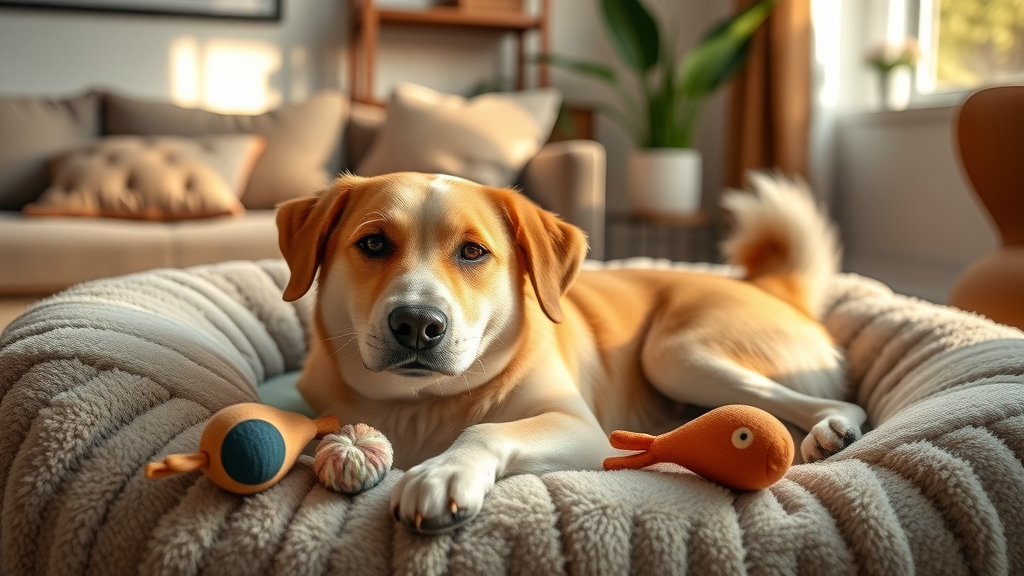
Real-Life Success Stories: Reactive Dog Transformations
"After weeks of positive training, Bailey can finally enjoy passing other dogs without barking—proof that change is possible!"
- Before-and-after case studies from real owners
- Key strategies and personal breakthroughs
Many dog owners have experienced the heartbreak and stress of having a reactive pet—but the success stories are nothing short of inspiring. Take, for instance, Molly, a rescue Lab mix who would react to the mere sight of another dog by barking hysterically and lunging. With daily positive reinforcement training and a structured step-by-step program, Molly's owner gradually moved their walks from high-tension to calm, confidence-building experiences.
Another example, Bailey, a terrier who displayed severe leash reactivity , made impressive progress with the help of a behavior consultant and regular counter-conditioning practice. Today, Bailey can focus on his owner, stay calm around other dogs, and even enjoy group classes. These transformations remind us that persistent effort, support, and the right strategies yield real results—even for the most challenging cases.
| DIY Management | Professional Intervention |
|---|---|
| Basic positive reinforcement at home, changing walk routes, and using online guides | Custom training plan with a certified dog trainer or behavior consultant |
| Slower progress for chronic or severe cases | Faster, more sustainable progress for complex or severe reactivity |
| Limited troubleshooting for setbacks | Direct feedback, precise solutions, and coaching for owners |
| Best for mild/moderate reactivity and confident owners | Recommended for chronic, dangerous, or aggressive behavior |

People Also Ask: Answers to Top Questions About Reactive Dog Behavior
How do you stop a dog from being reactive?
To stop a dog from being reactive, practice counter-conditioning and desensitization: regularly expose your dog to triggers at a safe distance and reward calm behaviors. Use positive reinforcement, enlist the guidance of a professional dog trainer for stubborn cases, and always watch for early signs of stress—intervening early is key to success. Consistent routines, patience, and high-value treats make a big difference over time.
Can a reactive dog be cured?
While "cure" isn't always possible, reactive dogs can improve dramatically. Many dogs learn to manage or even overcome their triggers with the right training and support. Chronic cases benefit from expert guidance, lifestyle modifications, and sometimes veterinary input—but even severe reactivity can change substantially with consistent intervention.
Why is my dog being more reactive?
An increase in reactivity can result from stress, negative experiences, hormonal changes (like adolescence), medical issues, or changes in the environment. If your dog starts displaying more reactive behavior suddenly, consider a vet check and assess any recent changes at home, walk routes, or family routines that might be impacting your dog's mood.
How to be patient with a reactive dog?
Patience is easier when you focus on incremental progress and celebrate small wins. Remember, every calm reaction is a step forward. Stay calm yourself, take breaks during walks if needed, and continually educate yourself about dog body language and coping strategies. Support for yourself—through online communities or professional resources—can bolster your commitment during tough times.
Frequently Asked Questions on Reactive Dog Behavior
- How soon will I notice improvements in my reactive dog? Many owners see subtle improvements within a few weeks of consistent dog training, but lasting changes usually require several months. Patience and daily reinforcement are crucial.
- Are certain breeds more prone to reactive behavior? While any dog can be reactive, herding breeds, guarding breeds, and those with high sensitivity may be more prone. However, experiences and socialization play an even greater role.
- Should I try medication for severe dog reactivity? If your dog’s reactivity risks safety or resists all usual interventions, consult a veterinary behaviorist. Medication may be combined with behavior modification for best results in severe cases.
- How do I find a certified professional dog trainer? Search for trainers certified by reputable organizations like the IAABC, CCPDT, or certified behavior consultants. Ask for referrals from your vet or local dog owners, and always vet credentials first.
Key Takeaways for Addressing Reactive Dog Behavior Effectively
- Early intervention yields the best results
- Consistency and positivity are essential
- A holistic approach supports lasting change
Start small, commit to a daily routine, reach out for support if needed, and watch your dog's confidence—and your own—grow each step of the way.
Begin Your Journey: Take Action on Reactive Dog Behavior Today
Take the first step now—observe, learn, and practice these strategies. Your dog’s transformation begins with you!
To further enhance your understanding of reactive dog behavior and effective management strategies, consider exploring the following resources:
-
“Managing Reactive Behavior” : This article from Cornell University College of Veterinary Medicine provides insights into the causes of reactivity in dogs and offers practical training techniques to address these behaviors. ( vet.cornell.edu )
-
“Understanding Reactivity in Dogs” : The Dumb Friends League discusses the underlying reasons for canine reactivity and outlines steps owners can take to help their dogs respond more calmly to various stimuli. ( ddfl.org )
These resources offer valuable information and actionable strategies to assist you in managing and reducing your dog’s reactive behaviors.
 Add Row
Add Row  Add
Add 




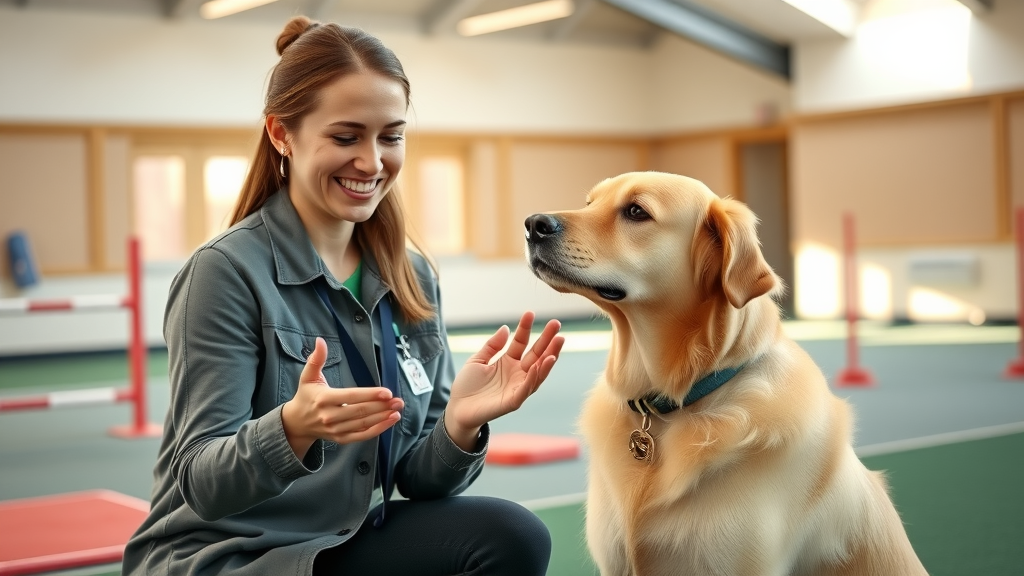
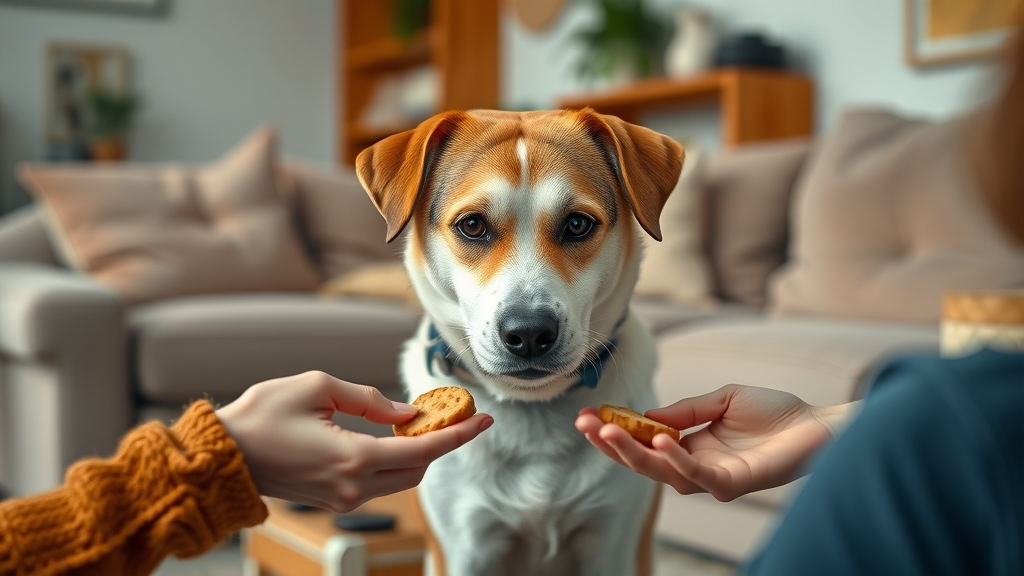
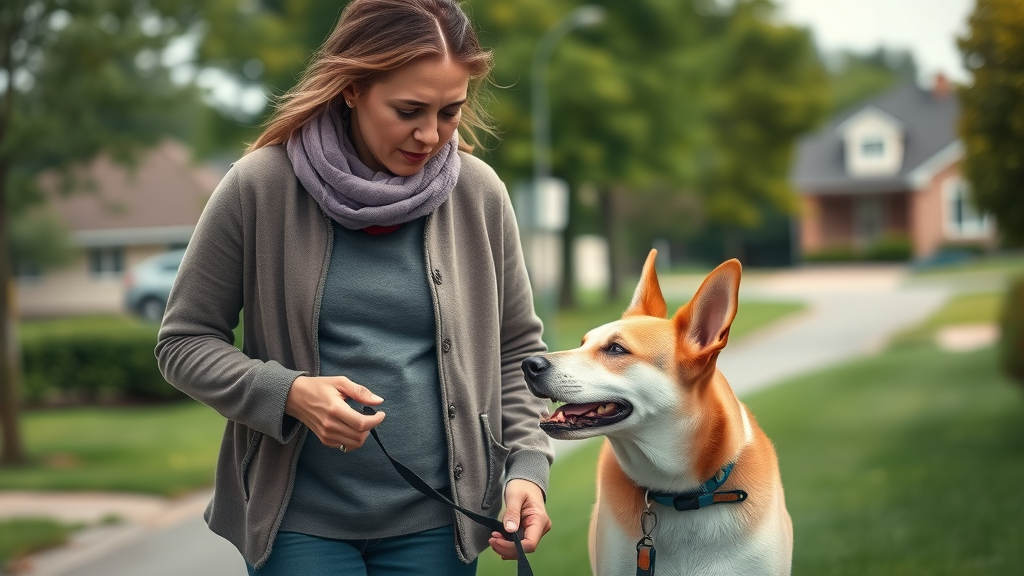

Write A Comment